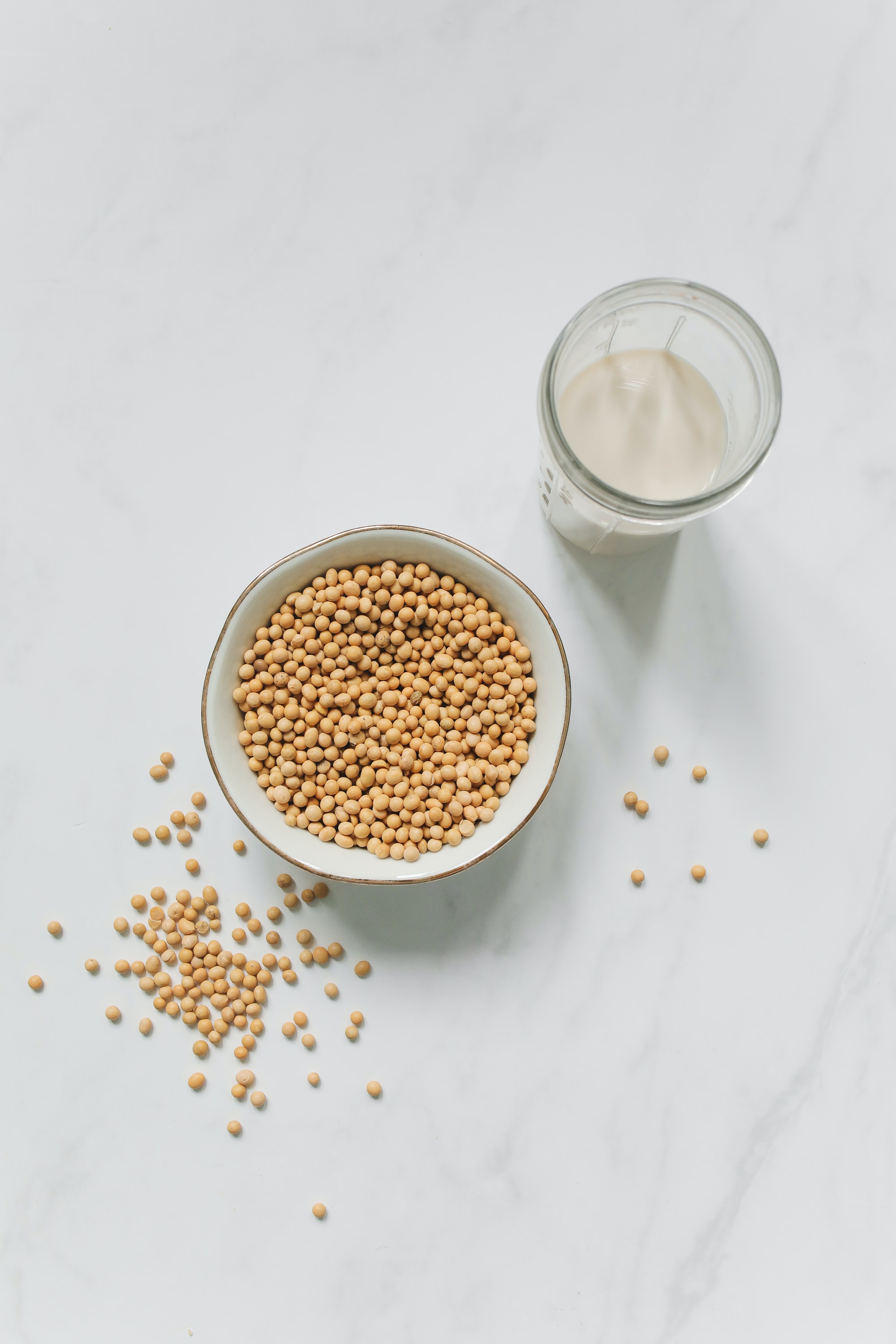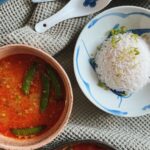The soybean is a type of legume, originally native to East Asia, and since the 11th century, the soybean has had a central place in most Asian cuisines (T. Hymowitz, 2005). It is only within the last hundred years that the soybean has been widely introduced to Western diets, but during these few decades, the soybean has grown to become one of the world’s most essential and profitable crops. In less than 50 years the global soybean production has increased 15 times over, which is one of the largest expansions of any global crop (WWF). Today, soy is cultivated on a global scale, with the US and South America dominating the production. The US, Brazil, and Argentina produce about 80% of all soy in the world (Trease Earth 2018). In 2017, 123.6 million hectares of land were used to grow 352.6 million tonnes of soybeans. Unfortunately, this huge expansion of the crop has some serious downsides. As the global demand for soy increased huge areas of natural land were, and continuously are, converted into soy plantations, causing large-scale deforestation. This results in massive losses in biodiversity, as well as massive water contamination, and spikes of rising carbon emissions due to soil erosion. Let’s take a closer look at the impact.
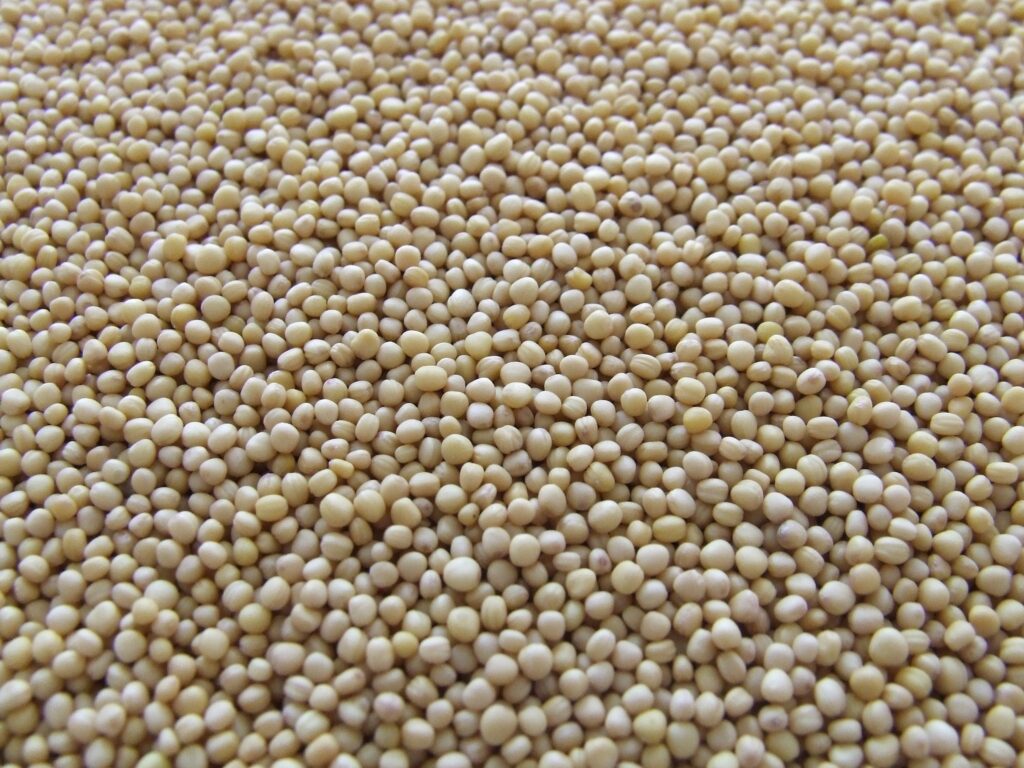
also check out: The Environmental Impact of Fast Food // + tips for sustainable fast food
IMPACT
DEFORESTATION: The soybean produces one yield in each lifecycle, and is also basically unresponsive to fertilizers. This means that farmers have to constantly increase the number of crops they plant in order to meet demand, and this requires more and more land. In tropical areas where most soy is produced, this means that vast areas of indigenous virgin land, rainforest and growth forest areas are cleared to grow soybeans. Worldwide, soy cultivation takes up an area the size of France, Belgium, Germany and the Netherlands combined (Brack, Glover and Wellesley, 2016).
MONOCULTURES: When huge chunks of natural land are cleared to make room for one crop, that plantation is called a monoculture, and very few species thrive in such an environment. Monocultures cause vital ecosystems to be destroyed, which trigger wide-scale biodiversity loss. The Cerrado Basin in Brazil is a good example of this. The Cerrado shelters 5% of Earth’s living species, and 30% of Brazil’s biodiversity. However, extreme cultivation of the area, limited environmental conservation, few to no penalties for ignoring environmental restrictions and cheap profitable farming is causing the Cerrado native vegetation to be steadily destroyed. Satellite imagery taken between 2006 and 2017 revealed that 170,000 hectares of Cerrado forest were cleared to grow soybeans (Mongabay 2019). Moreover, this is legal. Brazils Forest Code states that only 20% of privately owned Cerrado land needs to be set aside for conservation – in comparison to the 80% of the Amazon). Furthermore, recent studies show that at its current pace the Cerrado landscape will be practically gone in 2050 if policies aren’t changed (Nature, Ecology and Evolution (2017).
CARBON EMISSIONS: Also, I am not finished. Converting natural areas into agriculture is also a leading contributor to carbon emissions (Science Daily 2020). This is basically primary school science stuff, but let’s talk about it anyway. Trees absorb and store massive quantities of CO2 (the Amazon rainforest alone hold some 76 billion tonnes of CO2, which is equivalent to 21 years of Europe combined annual emissions (Helmholtz Association of German Research Centres 2019)). When forests are cleared to grow crops, like soy, all this CO2 is released into our atmosphere, and furthermore, now the trees aren’t there to absorb CO2 in the future, which is bad.
SOIL EROSION: agriculture, soy included, is the leading cause of soil erosion. The intense practices of agriculture, like irrigation and ploughing, moves the nutrient-packed layers of topsoil from huge areas of land, also there are no trees to protect the soil from wind either, we cut those down, remember? Each year, Brazil loses more than 55 million tonnes of topsoil to soy cultivation, and does this have consequences? Yes, yes it does. When the most fertile soil is lost, agricultural land becomes less productive, which threatens crop yield and long-term food security. It is almost like we’re all entirely depending on those micro-organisms to survive (WWF 2020), who would have thought?
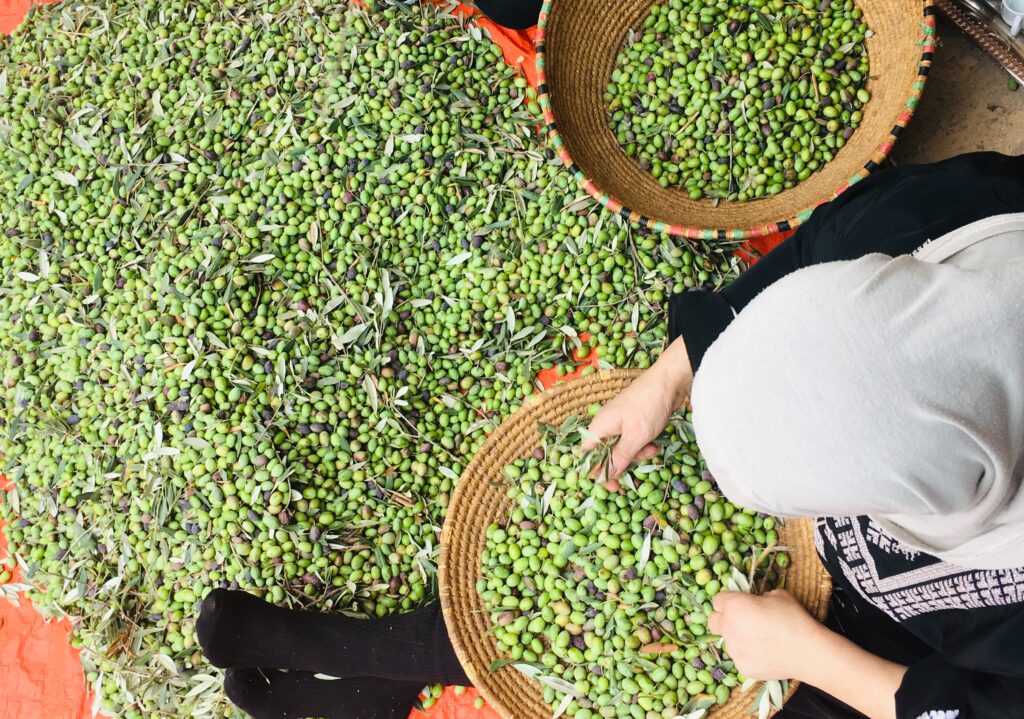
also check out: The History and Impact Animal Agriculture & Factory Farming // from 45,000 BC to 2021
USAGE
So what do we do with all of this soy? I constantly see headlines stating that soy is bad, articles that are interviewing farmers about how everyone should stop eating tofu, you know, to help the environment and just eat local beef instead, and “studies” with absolute wild methodology claiming that beef is more sustainable than no beef (generally don’t get me started on methodology because many of these pro meat “studies” are leaving a lot to be desired in terms of making any actual scientific findings, and at this point, I don’t even think they are trying anything but produce half-assed and super convenience inklings so there can be written articles with counter-argument to reducing animal ag, because anything short is bad for business, just a pet peeve of mine, never mind).
However, the huge impact of soy production does not come as a consequence of people going vegan or vegetarian, no, the main impact is actually caused by animal ag (which at this point is very “the butler did it” on this channel, but alas, they could just stop being such big dumbasses about it).
The vast majority of the world’s soy is used to feed livestock. Actually, between 80-90% of all soy produced is not made for human consumption. Only 6% is made to feed humans, then there is a solid chunk that’s produced to make biofuel as well. Most livestock today are fed soy because it is cheap. Soy is rather high in protein which makes it a popular feed crop, so much so that the average European indirectly consumes more than 61kgs of soy through animal products every year (WWF, 2017).
To produce 1 kilo of pork an average of 2,6 kilos of soy is used, to produce 1 kilo of chicken, 5,7 kilos of soy, 1 kilo of beef uses 1,7 kilos of soy. In other words, spending resources, water and land to feed and grow animals, that we then eat is a really bad investment, because when we put 100 calories into an animal, we won’t get them all back. Actually, for every 100 calories that are given to animals, we will only get 12 calories back, on average (Environmental Working Group, Lifecycle Assessments: methodology and results).
As our population grows, and the global middle-class expands, there is an increasing demand for animal-based foods. By 2025 the global production of beef and pork is expected to increase by 22% compared to 10 years ago. Poultry will increase by 26%, dairy by 18% and eggs by 27% by 2030 (OECD/FAO, 2016). And as the demand for animal-based products increase, so will the amount of land that is used to grow food for these animals. Animal ag, and soy grown for animal feed already take up a disproportionately large part of global land and resources, with almost 80% of all agricultural land.
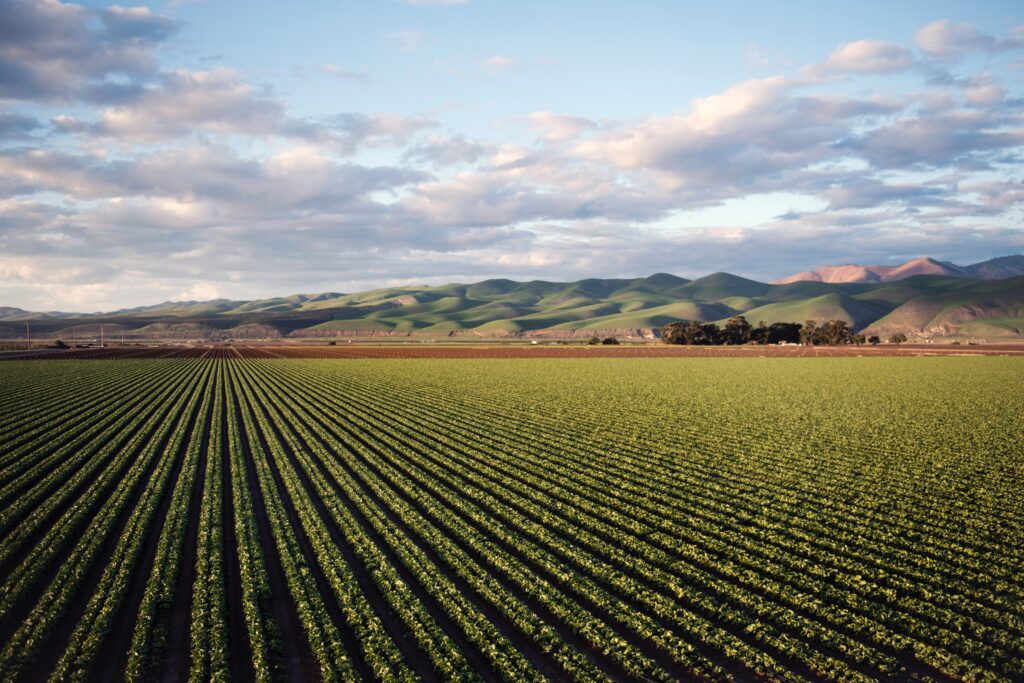
also check out: From Anti-Vegan to Vegan For Life // big feelings storytime
CAN SOY SOLVE THE PROBLEMS WITH SOY?
Can we combat some of the issues caused by growing soy for livestock, by instead growing soy for humans? The numbers are definitely in that favour. Producing the same amount of protein from chicken as soy requires 3 times the land, pork requires 9 times, and beef 32 times the land. This is an important detail that I often see forgotten when talking about soy. A lot of arguments against soy is based on the notion that if we stop feeding soy from rainforest regions to animals, but eat it ourselves, we are back at square one, and nothing is fixed. And while, I think we should get as far away from turning growth forests into monocultures as possible, if we “only” did it to grow food for humans, and not animals, we wouldn’t need the same amount of land, we would need much less, so even the worst-case scenario, is actually still a huge improvement, heh.
Continuing on this, if we swapped meat protein for soy protein agricultural deforestation would be estimated to drop by 94% (Monbiot for The Guardian, 2015). To put it differently, if we stopped being depending on animal products, and transitioned to plant-based options we would save land, resources and be able to grow more food in less space, thus we would be able to feed more people, pretty neat. From an emissions perspective, eating soy products rather than eating an animal product that was fed soy, is by far the greenest choice. Consuming tofu 1-2 times a week for a year emits 12 kg of CO2 while eating beef 1-2 times a week for a year emits 604 kg of CO2 (Stylianou, Guibourg and Briggs, 2019).
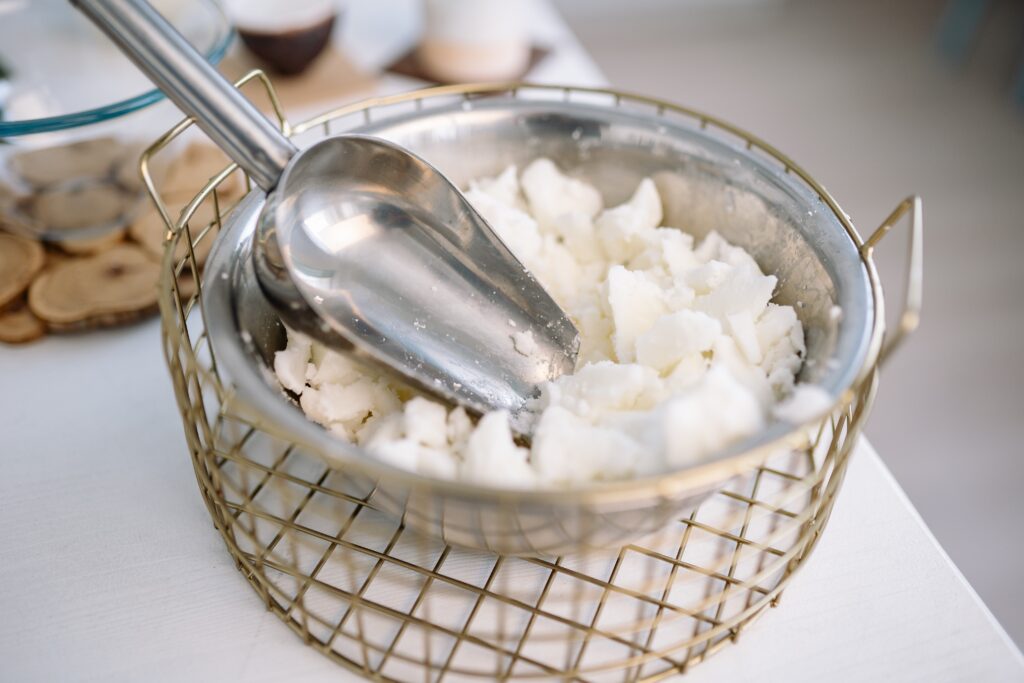
also check out: 10 things I wish someone had told me about veganism // EATING PLANTS 101
I also found this food impact calculator on BBC that I thought could visualise this point pretty well, let’s take a look at what it says about tofu. If you have tofu 3-5 times a week for a year that will add 33kg to your annual greenhouse gas emissions. That’s the equivalent of driving a regular petrol car 85 miles (137km) or the same as heating the average UK home for 5 days. Your consumption of tofu also uses 1,565 litres of water, equal to 24 showers lasting eight minutes.
In contrast let’s look at what is typically described as one of the “low impact” meats: poultry. If you have chicken 3-5 times a week for a year that will add 284kg to your annual greenhouse gas emissions. That’s the equivalent of driving a regular petrol car 726 miles (1,168km), or the same as heating the average UK home for 45 days. Your consumption of chicken also uses 19,025 litres of water, equal to 292 showers lasting eight minutes, and 352m² land, equal to the space of 1 tennis court.
Lastly, one of the most polluting foods out there is beef, let’s have a look. Having a 75g serving of beef 3-5 times a week for a year will result in 1,611kg to your annual greenhouse gas emissions, That’s the equivalent of driving a regular petrol car 4,112 miles (6,618km) or the same as heating the average UK home for 255 days, or like taking 5 return flights from London to Malaga. This consumption of beef also uses 4,625m² land, equal to the space of 17 tennis courts.
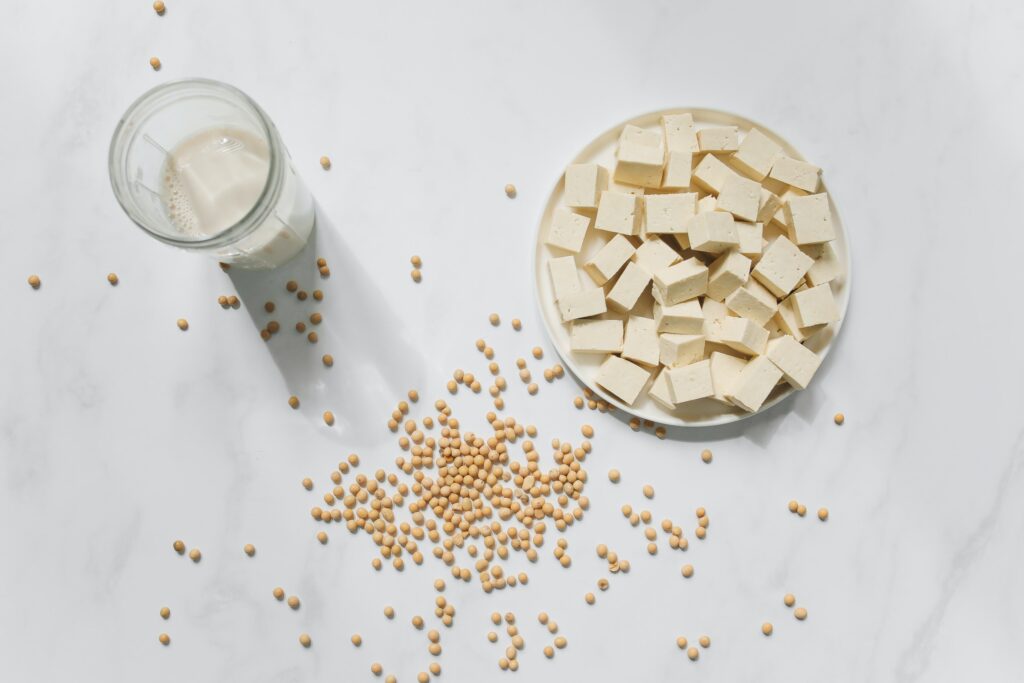
Things to look for in your own soy consumption:
- “natural” soya products are often processed using hexane, a neurotoxin petrochemical solvent. So it pays to go for organic soya (The US Cornucopia Institute, Behind the Bean)
- Next, discover where manufacturers source their soybeans, avoid rainforest regions and go for crop-rotation systems.
- Much of the soy crop is wasted, as oil is extracted from the bean for export and the husk discarded. So it is fair to ask manufacturers if they take the whole bean and nothing but the bean?
- Reduce or completely cut out animal products, is the best way to make sure that your food is not contributing to deforestation
- Soy is not the answer for everything however, there are other plant-based options, that are definitely worth looking into, for instance, pea proteins for protein products, and oat milk, which has the overall smallest impact of any milk option.

